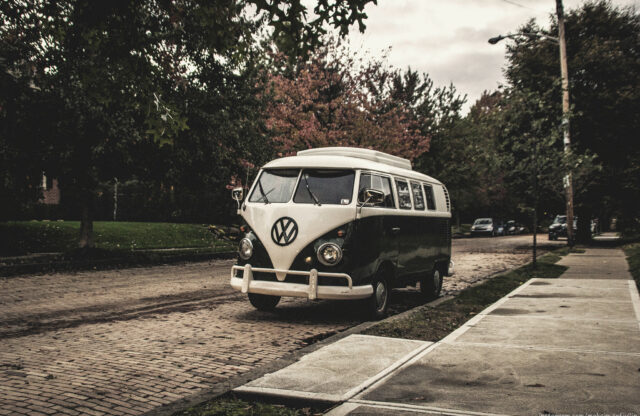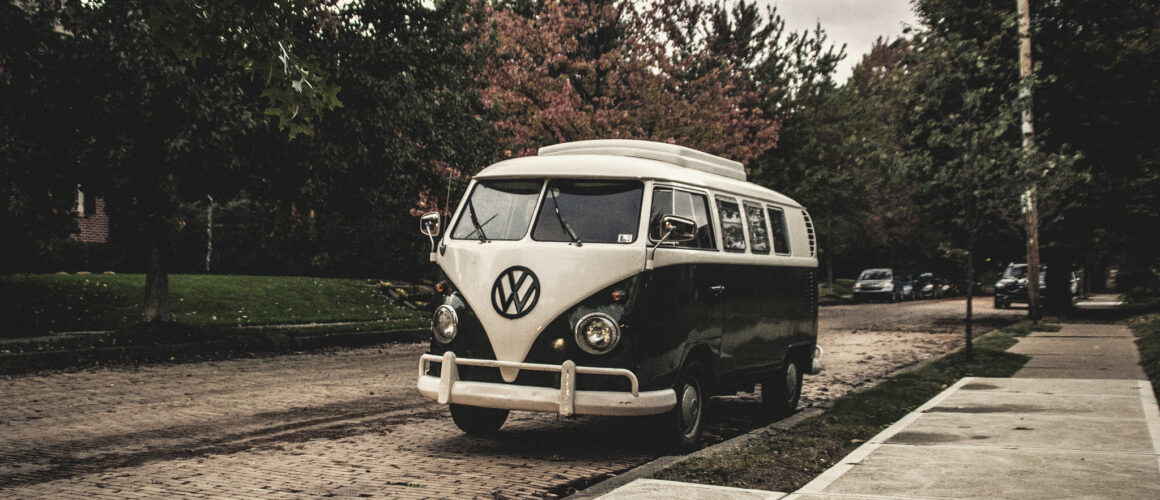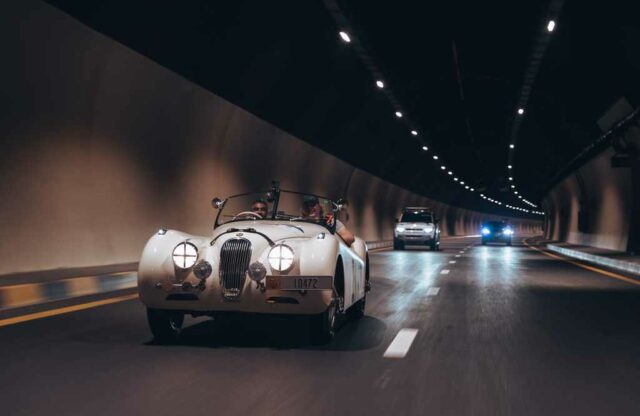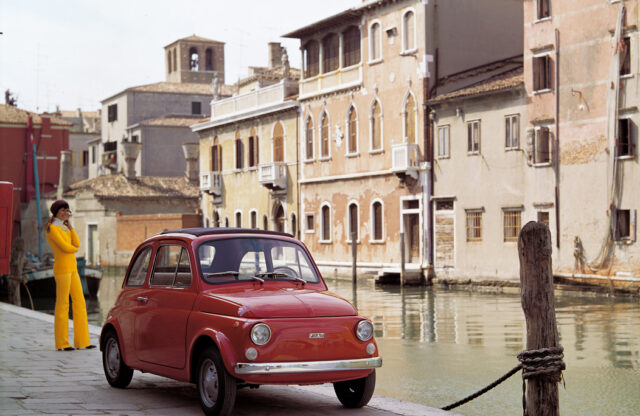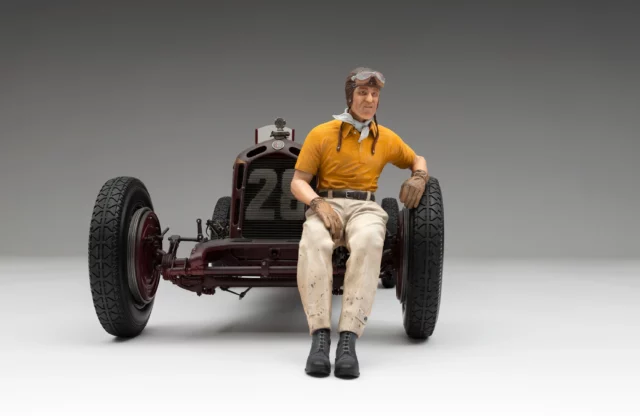While the original Volkswagen Beetle may no longer be the best-selling car of all time, its legacy lives on in vehicles as diverse as the Porsche 911 and the VW Type 2 bus. The former has evolved well beyond those humble beginnings, but the Type 2 was far closer in spirit and design to the Bug throughout its long production run.
Introduced in 1949 with production starting the following year, the Type 2 (T1) was based on the Beetle’s running gear and rear-engine layout. This forward-control format allowed the driver to be placed right up front, freeing up the rest of the space to be used for a bewildering range of applications. Initially, though, it was offered in Kombi (with three rows of seats and a cargo area) and Commercial van bodystyles. Not long after, a Microbus with more seating capacity, ambulance and pick-up bodystyles joined the line-up.
Known as the Splitscreen, this first-generation T1 remained in production until 1967 in Europe, during which time it went through a wide range of changes and updates. An air-cooled flat-four was used throughout, initially 1.1 litres in capacity and gradually increasing to 1.5. Buses built up until 1955 are retrospectively referred to as the T1a or ‘barndoor’, due to the large rear engine cover.
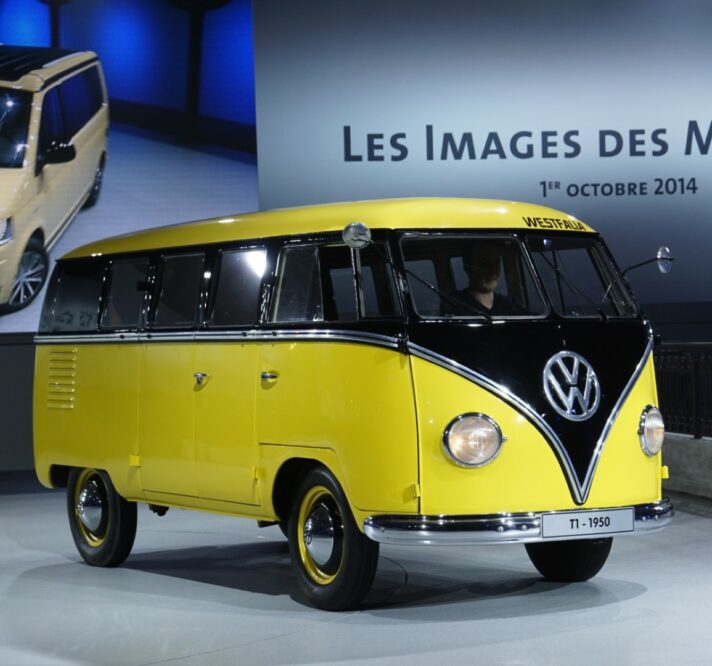
The T2 was offered with a large variety of bodystyles, and it remained a strong seller right up until the T3 replaced it
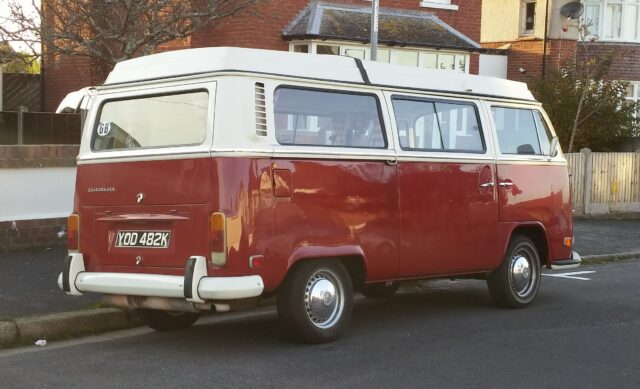
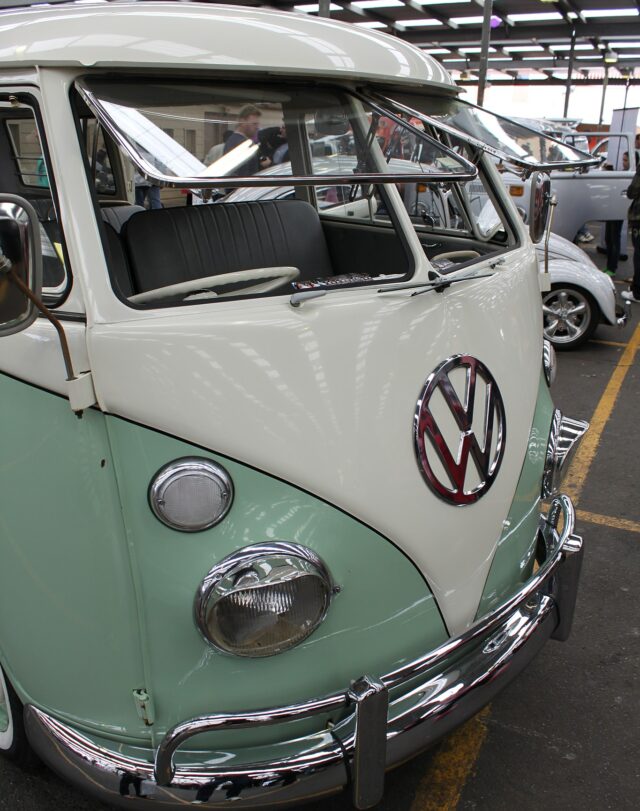
This basic design continued production until 1975 in Brazil, although with several detail changes. Unique variants were sold in various parts of the world. The top of the factory range was the Samba van, with up to 23 windows, depending on the year. Another favourite in many parts of the globe was the Westfalia campervan, with its pop-up roof and fully kitted-out interior. These and other campervan conversions remain highly popular today.
The second-generation Type 2 (T2) was introduced in 1967, commonly referred to as the Bay Window. These variants were larger and heavier, and had a conventional single-piece windscreen. Debuting with a more powerful 1.6-litre engine, uprated rear suspension and 12-volt electronics, the T2 was an altogether more modern offering – although, inevitably, some of the charm of the original had been lost.
The T2b, or Late Bay Window, model was phased in from 1971. It received front disc brakes and a more powerful 1.6-litre engine, while later a Type 4 motor was offered in 1.7, 1.8 and 2.0-litre capacities. An automatic transmission, electronic ignition and fuel injection (US models from 1975-on) were also introduced.
Once again, the T2 was offered with a large variety of bodystyles, and it remained a strong seller right up until the T3 replaced it in Europe and the US in 1979. As with the T1, the T2 continued to be produced in Brazil until 2005 in air-cooled form, and to 2013 with water-cooled engines.
ENGINE
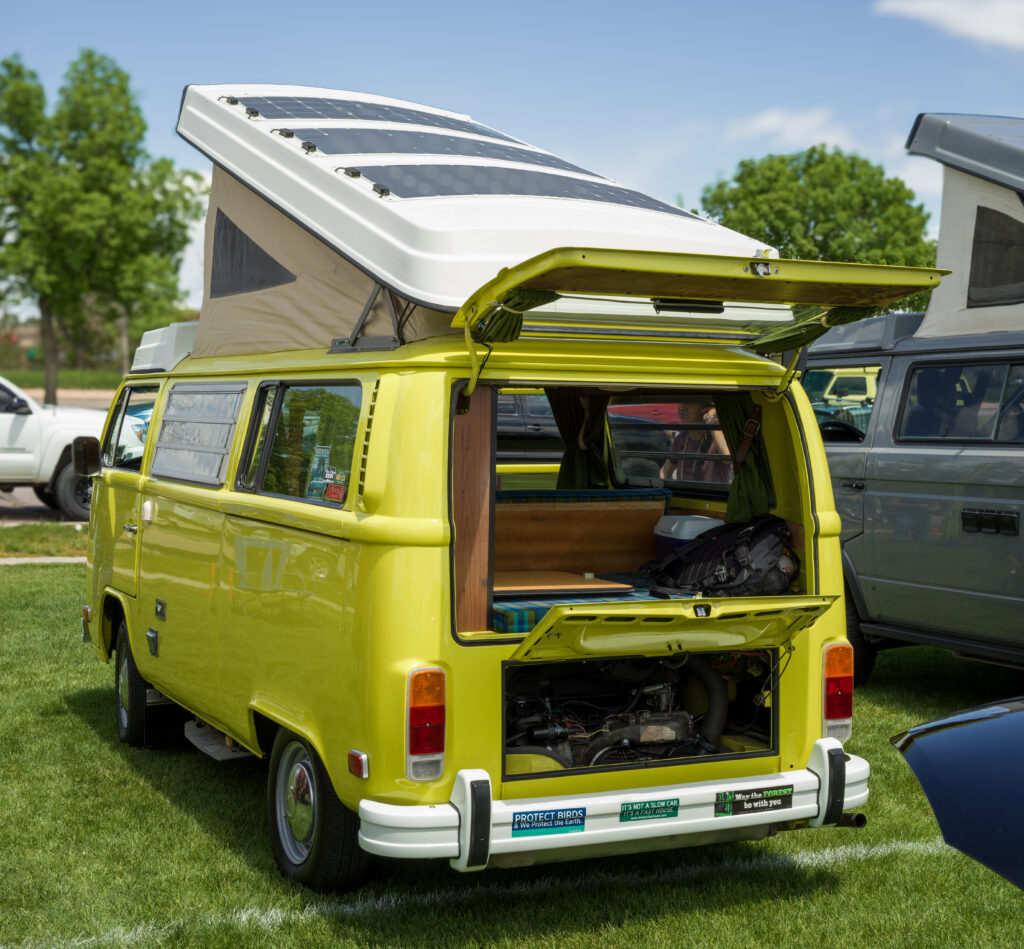
The Beetle-sourced flat-fours are robust, although regular servicing is crucial and oil changes should be carried out every 3000 miles. Minor leaks are normal, but if the bus is using a lot of oil between changes it may have worn valve guides. Blue smoke under acceleration is the clue; a small puff on start-up is usually OK.
The post-1972 T4 engines have a reputation for being more reliable than the earlier motors, and the larger-capacity units provided a bit more torque to help pull that heavy body. The 2.0-litre engines got hydraulic valve lifters from 1978-on, so they do not need valve-clearance adjustment like the earlier versions do. Modified units and conversions are common.
Rebuilds are not generally prohibitively expensive, and spare parts are still freely available. Check the condition of the engine by pulling on the lower pulley to see how much play there is in the crankshaft; too much, and it may be time for a rebuild. Fuel lines should be replaced periodically, because they can fray and become a potential fire hazard. Some owners also relocate the fuel filter to sit outside the engine compartment for the same reason.
GEARBOX
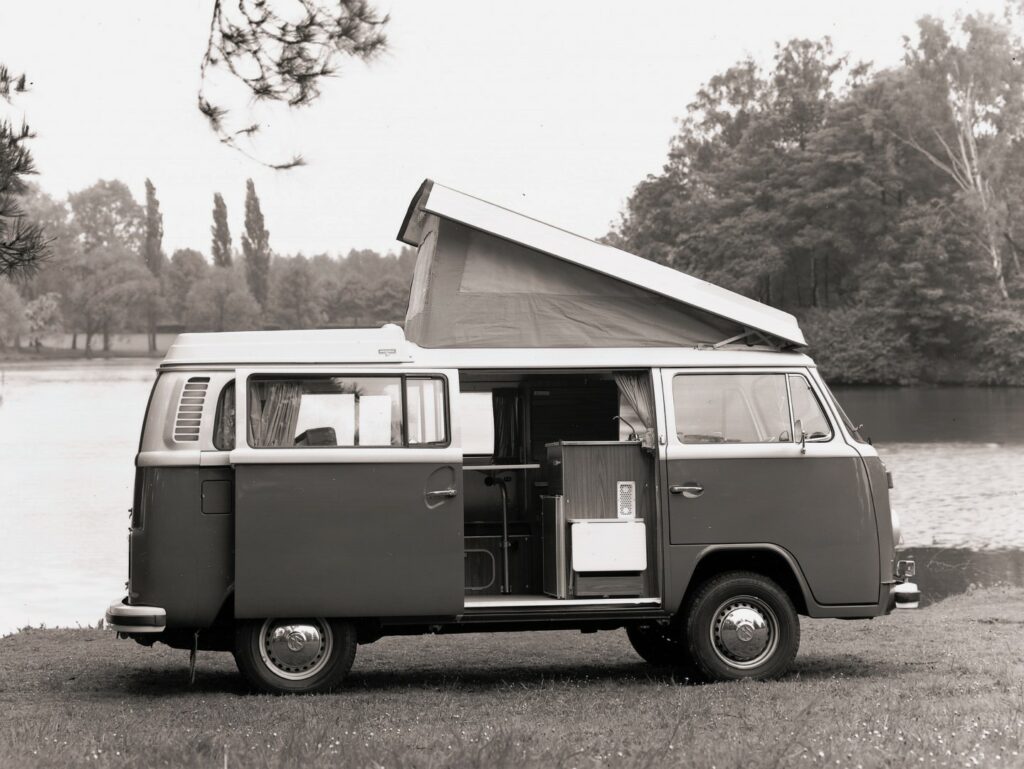
Four-speed manual ’boxes are the most common, and while the shift action is generally less than precise, the ratios should engage smoothly. If it pops out of gear, then it may need a replacement knuckle joint. Automatics are rare and parts are less easy to find; they also sap the limited power on offer, so most owners tend to prefer the manuals.
SUSPENSION AND BRAKES
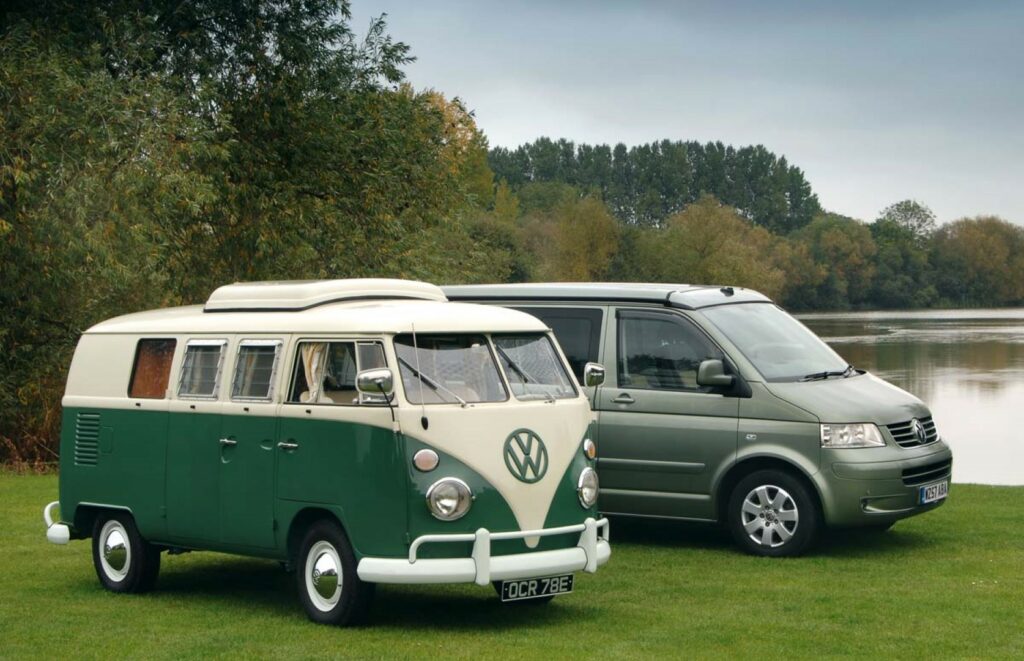
Early Splitscreen and Bay Window buses had drums all round. These work fine when well maintained, but for heavier models such as the Westfalia campervan you may want to look at the post-1971 buses, because they got discs up front.
Unless you are buying a fully restored bus, the suspension rubbers, steering box and ball-joints will all need attention. The T2 did away with the swing-axle rear end, which made for more predictable cornering, and many buses have been lowered, which also makes a difference to the handling. Be aware, though, that larger wheels and extreme suspension mods can make the ride very uncomfortable.
BODYWORK
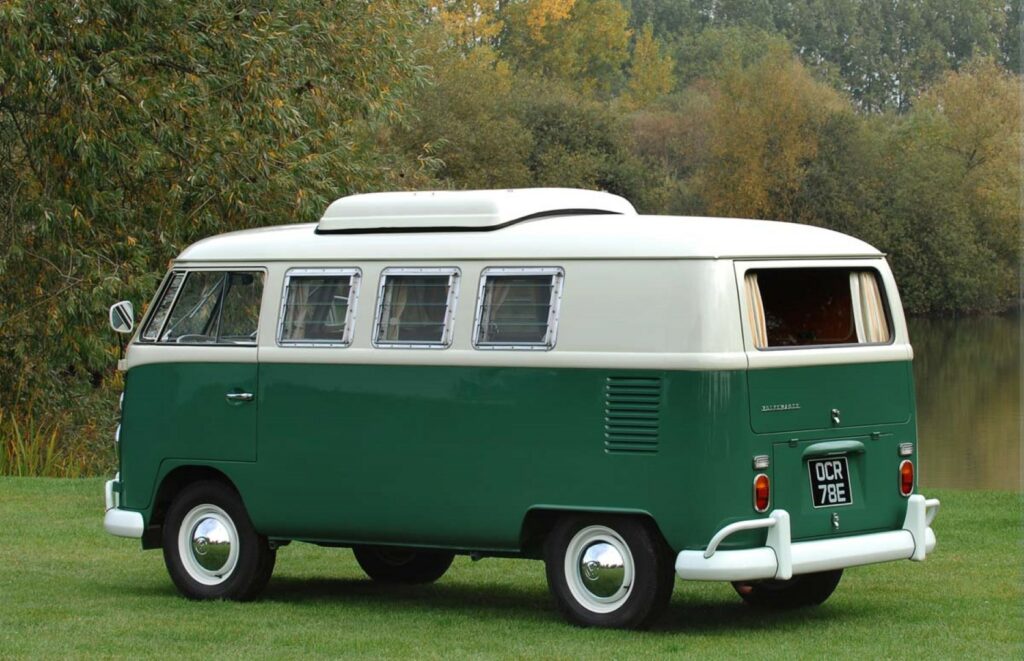
Rust is your enemy regardless of the year or bodystyle. While the entire structure can be affected, make sure to thoroughly inspect the areas around the windscreen, floorpan and chassis rails. Roof gutters tend to corrode, especially on pop-up-roof buses. New panels are available but costs can soon mount, so either have a specialist inspect a potential purchase or take a knowledgeable friend with you.
INTERIOR
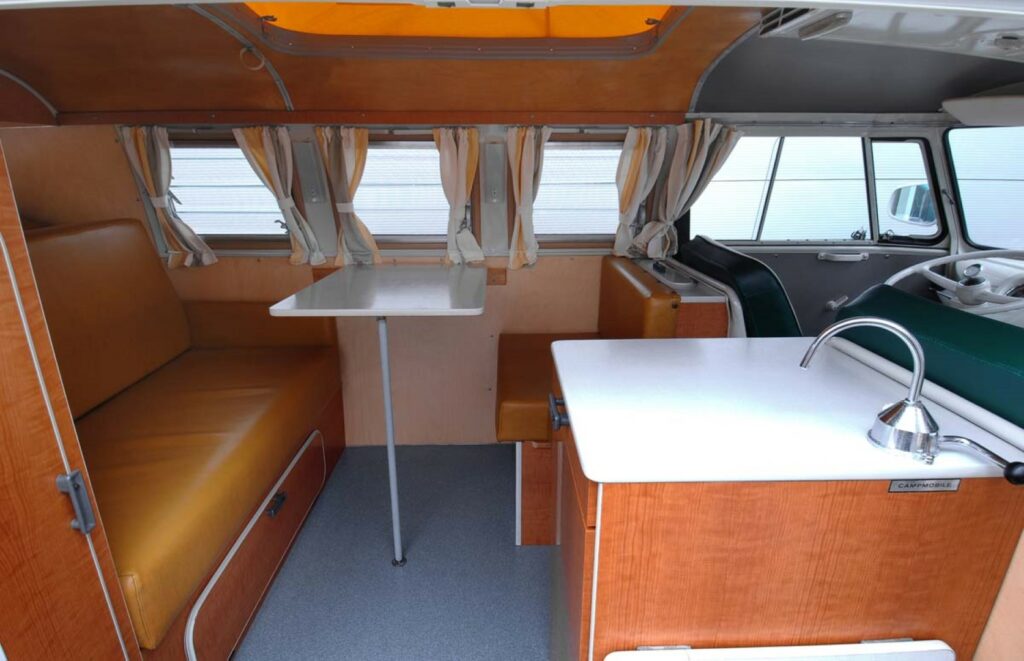
The cabin is relatively basic, although the campervans had specialised kit and fittings, which may not be easy to source. Check that the sinks and cookers work properly, and that the gas-bottle piping is in good condition. T1 and T2 electronics are basic, although the latter has an upgraded 12-volt set-up. Just about every component can be refurbished or replaced, but if a lot needs doing, factor this into your offer.
WHICH VOLKSWAGEN TYPE 2 SPLITSCREEN OR BAY WINDOW TO BUY
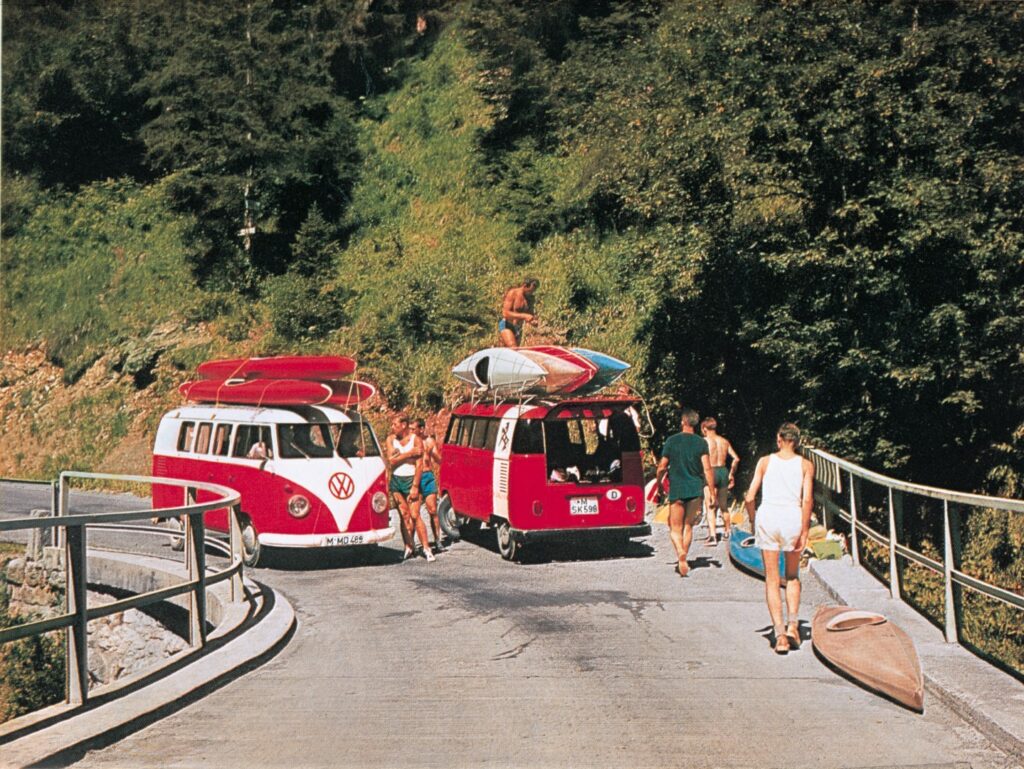
Splitscreen buses tend to command the highest prices, especially good campers. If you’re looking to drive your bus more often than just admire it, 1971-on Bay Window T2b’s are the most enjoyable to own.
Parts availability is superb. The question is not whether you can restore your bus, but whether it’s financially viable to do so. Splitscreens’ high values mean they tend to undergo the most comprehensive renovations, although there are plenty of rusty projects about if you fancy a challenge.
Whichever model year or variant you prefer, it is always better to buy a structurally sound vehicle with poor mechanicals than the other way around, because repairing a corroded body can often cost more than the bus is worth. Importing one from drier parts of the US, Australia or South Africa can be a good idea, too. Originality will always push values up, but few buses are left standard and sympathetically modified examples can often be even more enjoyable to drive.
WHAT TO PAY
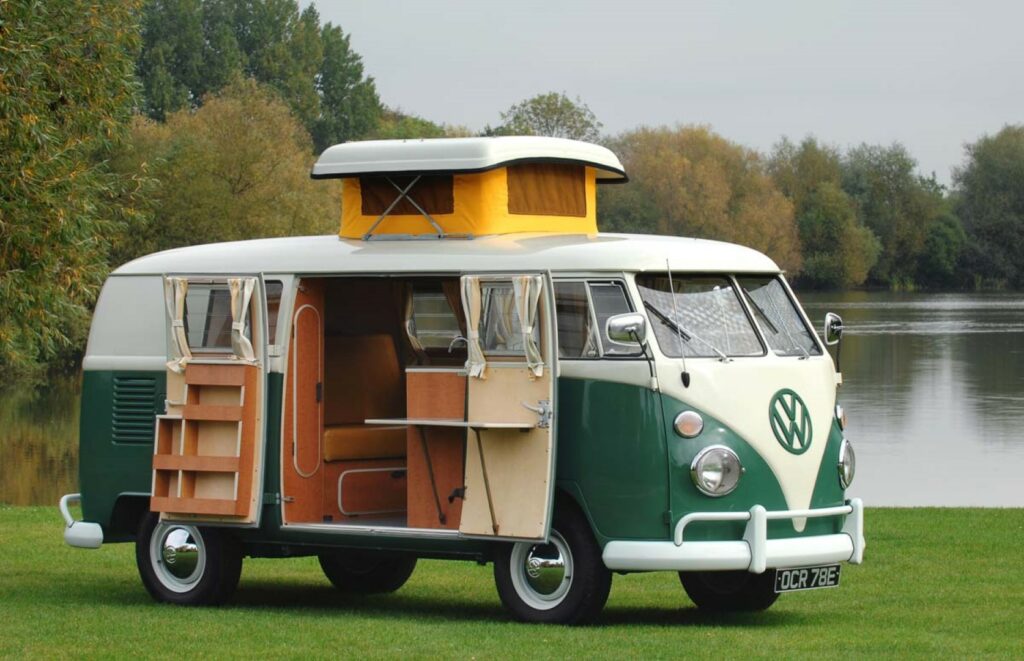
1971 Bay (UK)
Fair: £6900
Good: £11,600
Excellent: £20,200
Concours: £29,700
1971 Campmobile (US)
Fair: $14,300
Good: $28,000
Excellent: $44,600
Concours: $71,000
SPECIFICATIONS
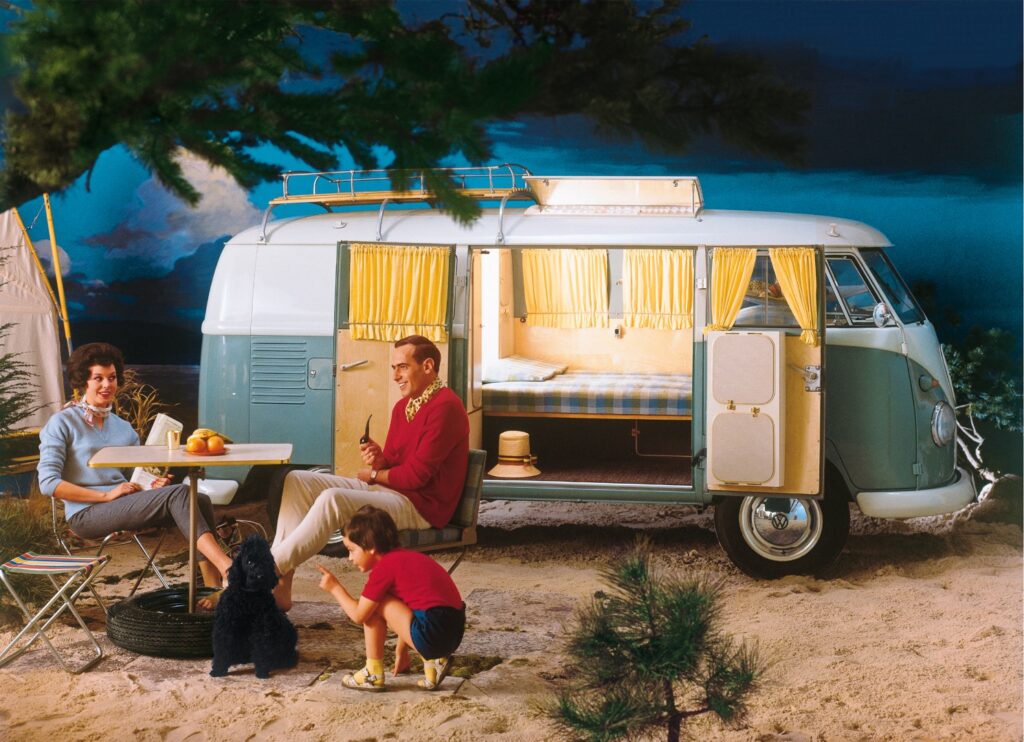
1.5-litre air-cooled flat-four (Type 2 T1)
Power: 42bhp
Top speed: 70mph (est.)
0-60mph: 28 seconds (est.)
Economy: 33mpg
2.0-litre air-cooled flat-four (Type 2 T2)
Power: 70bhp
Top speed: 80mph (est.)
0-60mph: 20 seconds (est.)
Economy: 30mpg
